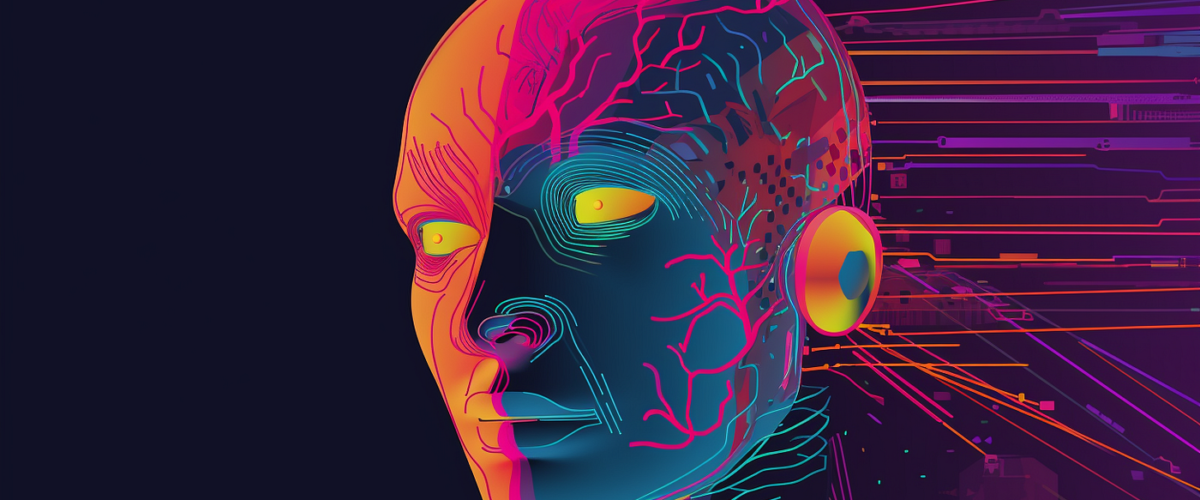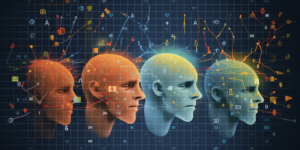
EleutherAI, a company dedicated to promoting open-source AI, created the AI language model known as Auto GPT, or Automatic Generative Pre-training Transformer. It is a deep learning system that can identify linguistic patterns and relationships after being trained on a lot of text data. Natural language processing (NLP) activities including text summarization, question answering, and machine translation benefit from the use of Auto GPT.
It stands out because it was created utilizing unsupervised learning, which enables better adaptation and flexibility in many linguistic contexts. With the help of the GPT-3 architecture, which is renowned for its sophisticated language learning skills, Auto GPT was trained on a sizable dataset of internet texts. Auto GPT has the ability to completely transform intelligent and conversational AI systems. It is the most recent development in open-source language processing technology and gives users access to a strong API stack.
What is the Benefit of Auto GPT?
There are many benefits to using auto-GPT. It can identify patterns and correlations in language because it is an AI language model that has been trained on a sizable dataset. For a variety of natural language processing (NLP) tasks, including text summarization, question answering, and machine translation, this makes it helpful.
One advantage of Auto-GPT is its capacity to swiftly produce answers to open-ended queries, produce natural-sounding words, and fill in blanks based on the context given. This makes it valuable in conversational AI applications like chatbots and virtual assistants where comprehending and responding to natural language is essential.
Another distinctive feature of Auto-GPT is that it was created utilizing unsupervised learning techniques. This increases its adaptability and flexibility to various linguistic circumstances. It may therefore be used in many NLP jobs with little modification and without further training, saving the user time and resources.
Auto-GPT also has the important advantage of being open-source, which means that anyone can use it for nothing. This eliminates the expense of using proprietary software while enabling developers to include the language model into their work.
Overall, Auto-GPT represents a substantial development in open-source language processing technology, providing significant user benefits through its improved accuracy and efficiency when processing natural language, support for a wide range of NLP tasks, and accessibility and flexibility for developers.
What is the Role of Auto GPT?

Automatic Generative Pre-training, or Auto GPT Transformer is a natural language processing (NLP) task-performing AI language model. Here are some examples of what Auto GPT is capable of:
- Text Summarization: Auto GPT has the ability to produce succinct summaries of lengthier texts, making it useful for summarizing news items, academic papers, or other sorts of materials.
- Auto GPT can respond to open-ended inquiries using natural language by producing answers based on the question’s context and substance.
- Text can be translated from one language to another using machine translation, which is useful for both individuals and companies who need to communicate with one another in different languages.
- Text Completion: Using the text’s context, Auto GPT can complete missing words, phrases, or sentences. This may be helpful for finishing phrases or paragraphs or for creating new content in response to a prompt.
- Chatbots: Auto GPT is the perfect tool for building chatbots and virtual assistants that can react to customer inquiries and offer advice because it can produce responses in natural English.
Overall, Auto GPT is a valuable tool for people and organizations wishing to take advantage of AI and natural language processing because of its versatility and capacity to carry out a variety of NLP activities.
Who Created Auto GPT?
EleutherAI, an open-source company devoted to furthering AI technology, created Auto GPT. The language model was created and trained by a community of volunteers using open-source methodologies and technologies. The participants came from all around the world. EleutherAI’s mission is to open up cutting-edge AI technology to everyone and to progress the field of AI through cooperation and open-source contributions.
What Distinguishes AutoGPT From ChatGPT?
Both ChatGPT and AutoGPT are AI language models that underwent unsupervised learning during training. The two models do, however, differ significantly in certain important ways.
An all-purpose language model called AutoGPT is capable of carrying out a number of natural language processing (NLP) operations, including text summarization, question answering, and machine translation. It is special in that it was created using unsupervised learning techniques and was trained on a sizable dataset of online texts using GPT-3 architecture. This makes it more adaptable and flexible in many linguistic situations, which makes it helpful for a variety of NLP tasks.
ChatGPT, on the other hand, is a conversational AI platform that is specifically made for chatbots and virtual assistants. It can produce responses for open-ended inquiries that sound natural because it was trained on a sample of 147 million conversations. ChatGPT is the best choice for applications that require natural language understanding and response since it is optimized for producing human-like responses in a conversational situation.
In conclusion, both AutoGPT and ChatGPT are artificial intelligence language models created using unsupervised learning methods, but they have been tailored for various application cases. In contrast to ChatGPT, which is created primarily for conversational AI applications, AutoGPT is a general-purpose model that can be utilized for a variety of NLP tasks.

Post a Comment